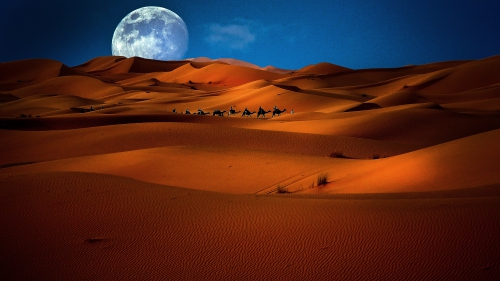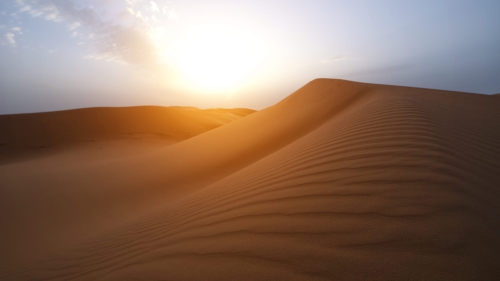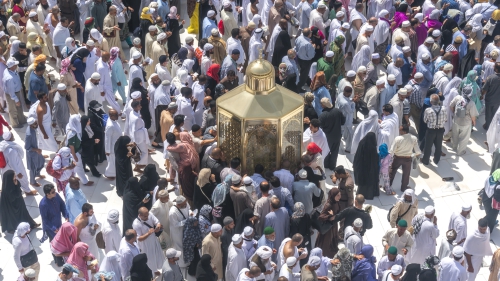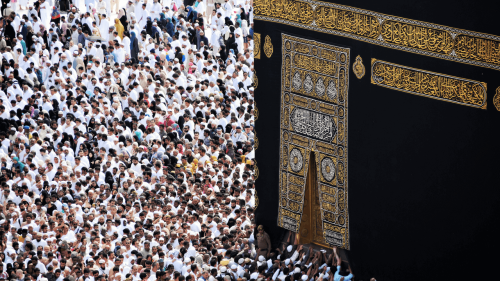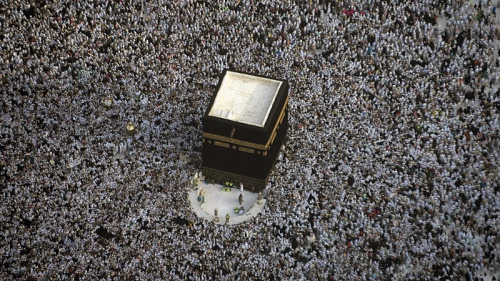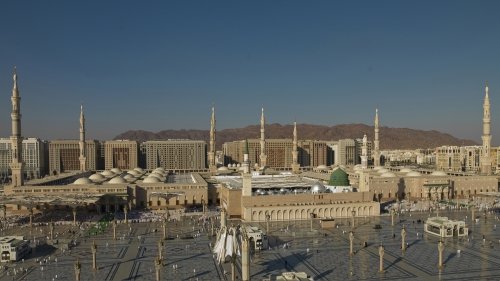Mecca: Climate Change to Bring ‘Extreme’ Heat

Millions of Muslim undertaking the obligatory pilgrimage to Mecca will be increasingly exposed to extremely dangerous heat levels due to climate change in the years and decades to come, a new study by the American Geophysical Union found.
“Future climate change, with and without mitigation, will elevate heat stress to levels that exceed [an] extreme danger threshold through 2020 and during the periods of 2047 to 2052 and 2079 to 2086, with increasing frequency and intensity as the century progresses,” said the report released on August 22, 2019.
Temperatures recorded by a Mecca meteorological station, it noted, have increased two degrees Celsius over the past three decades, an increase “well above” the global average.
The hajj, or pilgrimage to Mecca, is one of the five pillars of Islam which every Muslim should undertake once in their lifetime. For many people, especially those with limited means, that event comes late in life, when they will also be more affected by extreme heat.
Elderly vulnerable
Millions of Muslims travel to Mecca every year during a two- to three-week window for the hajj. The various stages of the pilgrimage are usually spread over five days and involve 20 to 30 hours exposed to the elements. The pilgrims are disproportionately elderly.
The hajj in years past has seen a number of deadly stampedes, most recently in 2015. The report does not tie the stampedes to climate change but suggests that extreme heat has and could continue to be a factor.
“Consistent with high heat stress events, but not necessarily related, past stampede incidents resulting in significant death among pilgrims occurred during Hajj in 1990 and in 2015 both during summer events associated with [wet bulb temperatures] in excess of the USNWS danger threshold,” it said.
Citing previous studies, the researchers note that the wet-bulb temperature hit 27.3C – 48.3C or 119F in real terms – in September 2015, when more than 2,000 pilgrims were killed in a stampede. And the wet-bulb temperature was just over 25C (41.7C or 107F) when 1,426 people died in a similar event in July 1990.
“The exact cause of these stampedes is not known; however, adverse weather conditions are likely to have contributed to their severity and death toll,” it said.
The researchers warn that Saudi authorities must work to mitigate risk, especially to the most vulnerable. One strategy, it offers, could be to restrict sick or elderly hajj participants to lower-risk years, when the temperatures are not expected to hit the extreme danger threshold.
“If climate change proceeds on the current trajectory or even on a trajectory with considerable mitigation, aggressive adaptation measures will be required,” it concluded.
( Source: Asia Times )
Topics: Climate Change, Hajj, Makkah (Mecca)
Views: 2002
Related Suggestions












